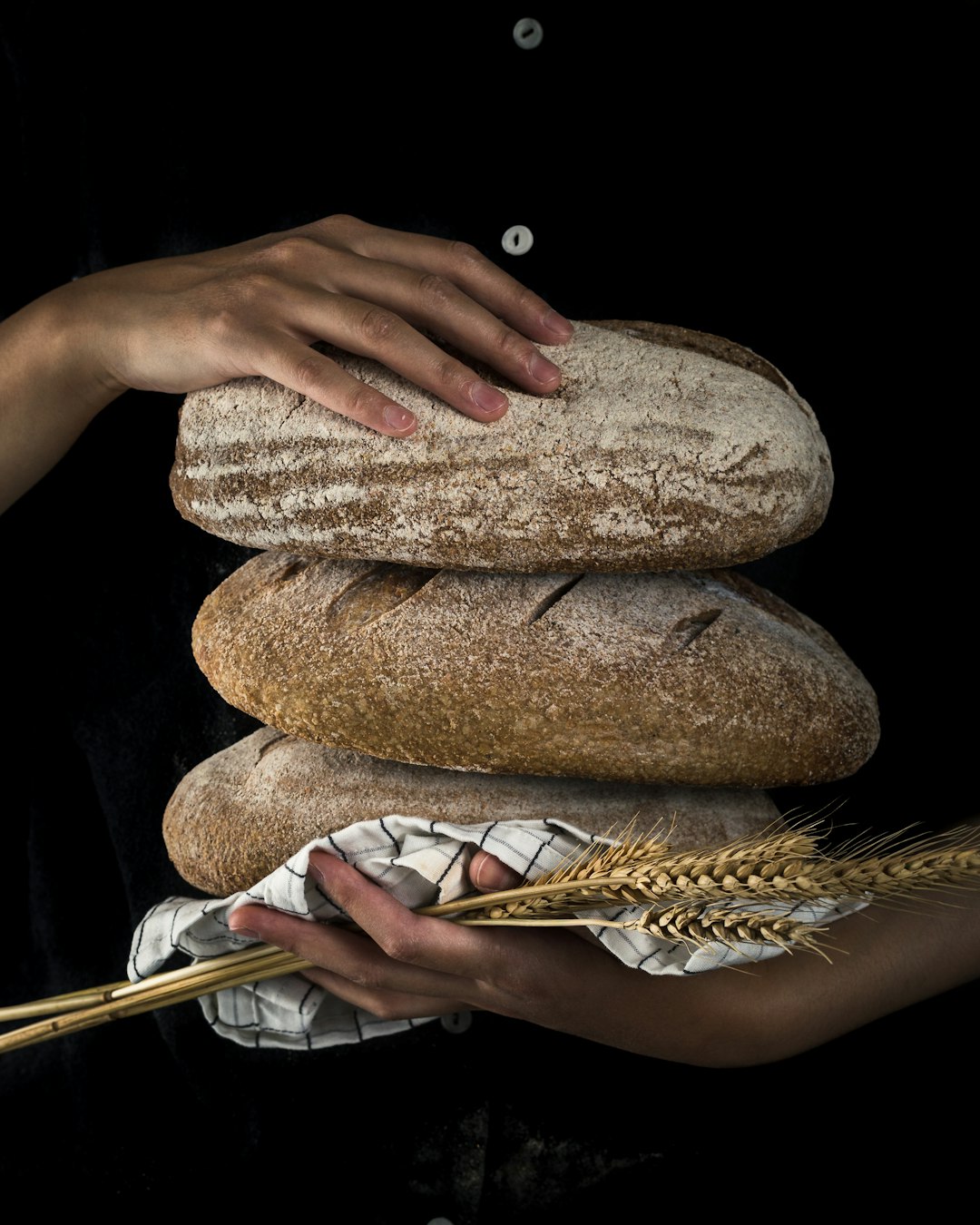Glútem is a protein found in wheat, barley, and rye that can cause adverse reactions in people with celiac disease. It is also commonly referred to as gluten. With the rise of gluten-free diets and the increasing awareness of celiac disease, it is important to understand what glútem is and how it can affect your health.
What is Celiac Disease?
Celiac disease is an autoimmune disorder in which the body’s immune system attacks the small intestine when glútem is consumed. This can lead to damage to the lining of the small intestine, making it difficult for the body to absorb nutrients from food. Symptoms of celiac disease can include abdominal pain, bloating, diarrhea, and fatigue. If left untreated, celiac disease can lead to serious health complications.
Gluten-Free Recipes

For those with celiac disease or a gluten intolerance, following a gluten-free diet is essential for managing symptoms and maintaining good health. This means avoiding foods that contain glútem’s, such as bread, pasta, and baked goods made with wheat flour. However, there are many delicious and nutritious gluten-free alternatives available, including quinoa, rice, and almond flour. There are also many gluten-free recipes available online that can help you create tasty meals without glútem.
Symptoms of Glútem Sensitivity
While celiac disease is a well-known condition, there is also a condition known as non-celiac glútem sensitivity. This is when a person experiences symptoms similar to celiac disease, but does not have the same immune response or intestinal damage. Symptoms of glútem sensitivity can include abdominal pain, bloating, diarrhea, and fatigue. However, these symptoms may also be caused by other conditions, so it is important to consult a doctor for a proper diagnosis.
The Rise of Gluten-Free Diets
In recent years, there has been a significant increase in the popularity of gluten-free diets. While some people choose to follow a gluten-free diet for health reasons, others may do so for weight loss or other perceived benefits. However, it is important to note that a gluten-free diet is not necessarily a healthier option for those without celiac disease or a glútem-free sensitivity. In fact, many gluten-free products are highly processed and may contain less nutrients than their gluten-containing counterparts.
Glútem-Free Alternatives

For those with celiac disease or a glútem sensitivity, it is important to find alternatives to glútem-containing products. Fortunately, there are many options available in most grocery stores, including gluten-free bread, pasta, and snacks. It is important to carefully read labels and look for products that are certified gluten-free to ensure they are safe to consume.
Frequently Asked Questions about Glútem’s
Q: What is glútem?
A: Glútem-free is a protein found in wheat, barley, and rye that can cause adverse reactions in people with celiac disease or a glútem sensitivity.
Q: What is celiac disease?
A: Celiac disease is an autoimmune disorder in which the body’s immune system attacks the small intestine when glútem is consumed. This can lead to damage to the lining of the small intestine and difficulty in absorbing nutrients from food.
Q: What are the symptoms of celiac disease?
A: Symptoms of celiac disease can include abdominal pain, bloating, diarrhea, and fatigue.
Q: Are there gluten-free alternatives available?
A: Yes, there are many gluten-free alternatives available, including quinoa, rice, and almond flour. These alternatives can help individuals with celiac disease or glútem sensitivity create tasty meals without glútem’s.
Q: Can glútem sensitivity cause similar symptoms to celiac disease?
A: Yes, there is a condition known as non-celiac glútem sensitivity where a person experiences symptoms similar to celiac disease but does not have the same immune response or intestinal damage.
Q: Why has there been an increase in gluten-free diets?
A: In recent years, there has been a significant increase in the popularity of gluten-free diets. Some people choose to follow a gluten-free diet for health reasons, while others may do so for weight loss or other perceived benefits.
Q: Is a gluten-free diet healthier for everyone?
A: A gluten-free diet is not necessarily a healthier option for those without celiac disease or glútem sensitivity. Many gluten-free products are highly processed and may contain fewer nutrients than their gluten-containing counterparts.
Q: What should I do if I suspect I have a glútem sensitivity or celiac disease?
A: If you suspect that you have a glútem-free sensitivity or celiac disease, it is important to consult a doctor for a proper diagnosis and guidance on managing your symptoms.
Q: Where can I find gluten-free recipes?
A: There are many gluten-free recipes available online that can help you create delicious and nutritious meals without glútem.
Conclusion
Glútem is a protein found in wheat, barley, and rye that can cause adverse reactions in people with celiac disease or a gluten-free sensitivity. Following a gluten-free diet is essential for managing symptoms and maintaining good health for those with these conditions. However, it is important to consult a doctor for a proper diagnosis before making any significant dietary changes. With the rise of gluten-free diets, there are now many delicious and nutritious alternatives available for those who need to avoid glútem.
For more information, visit ApzoMedia



































































